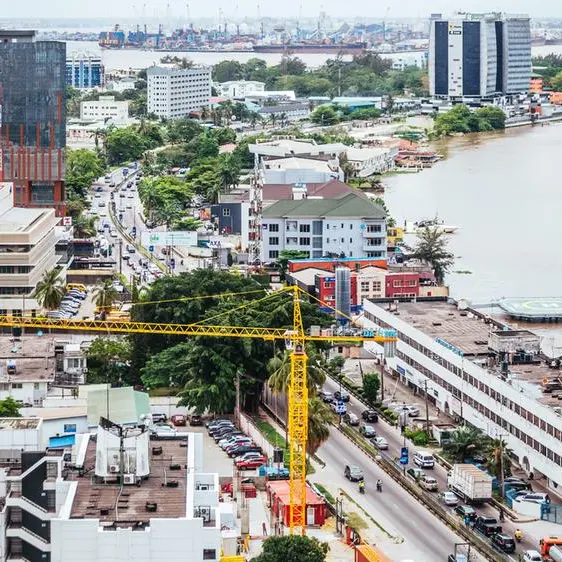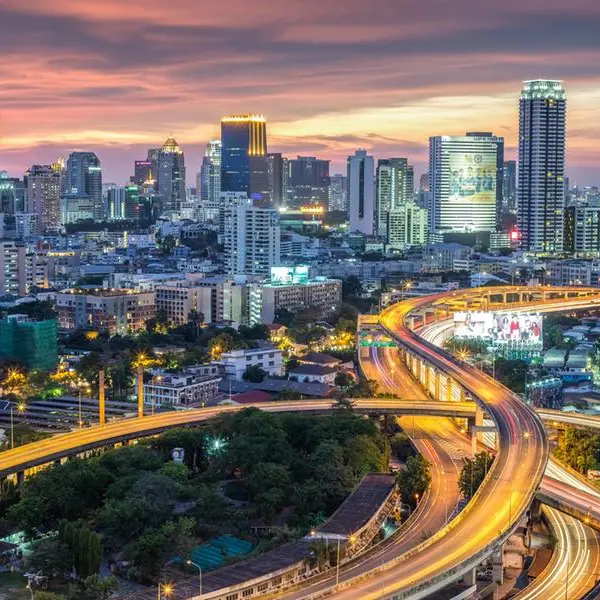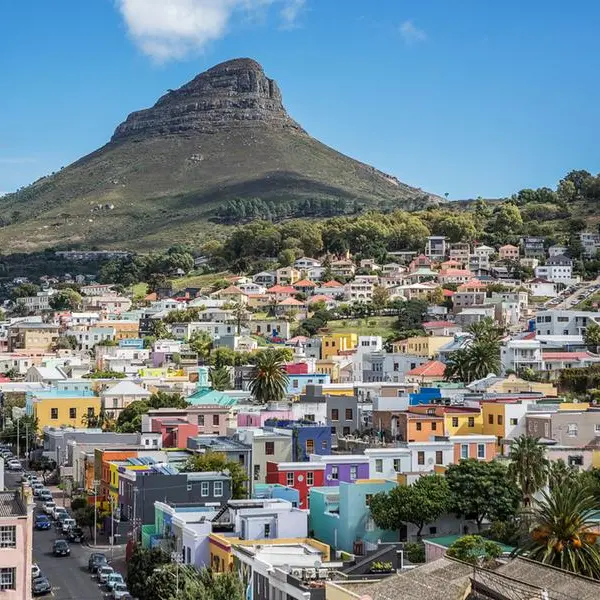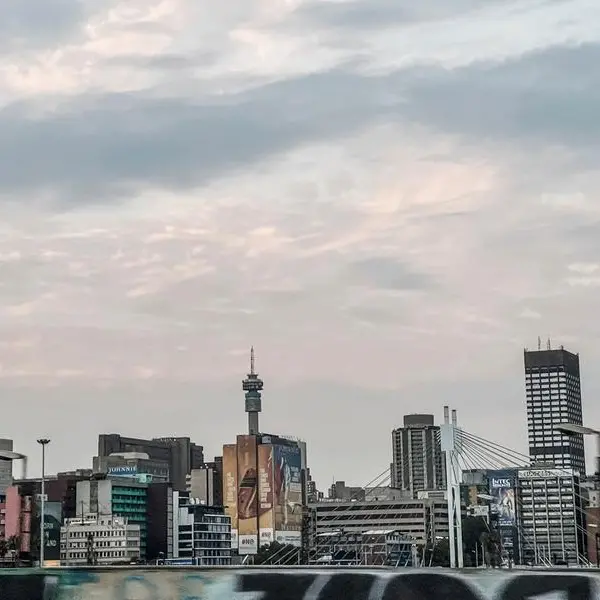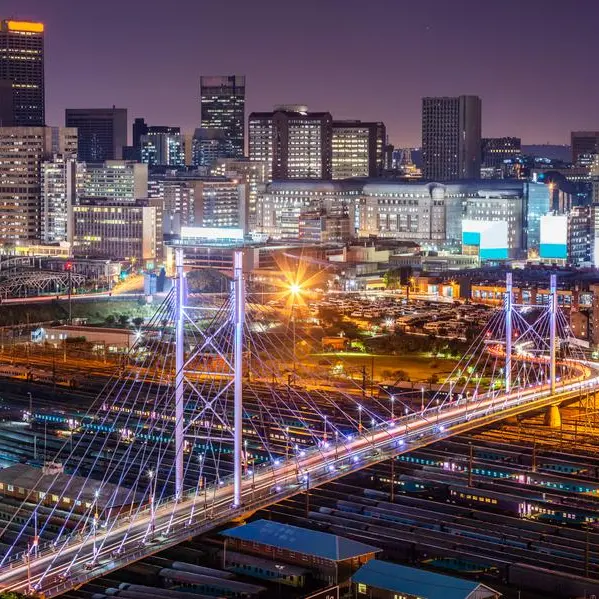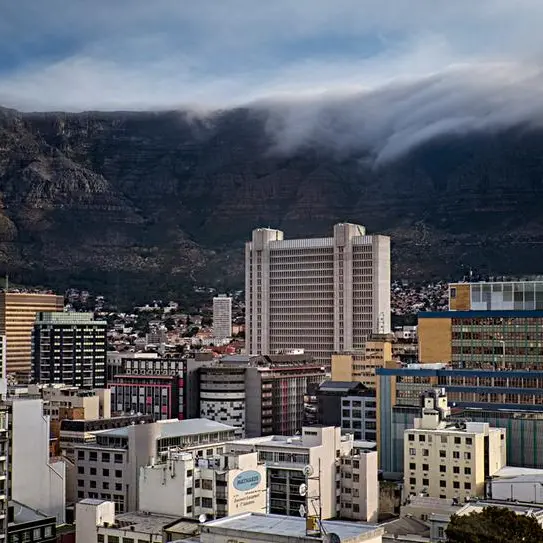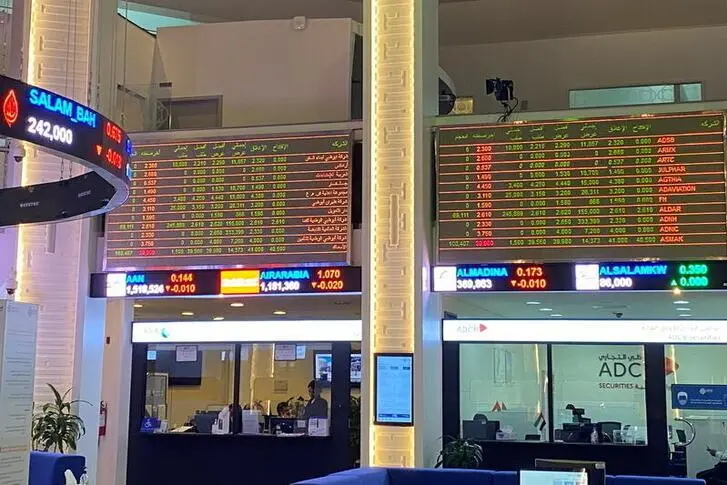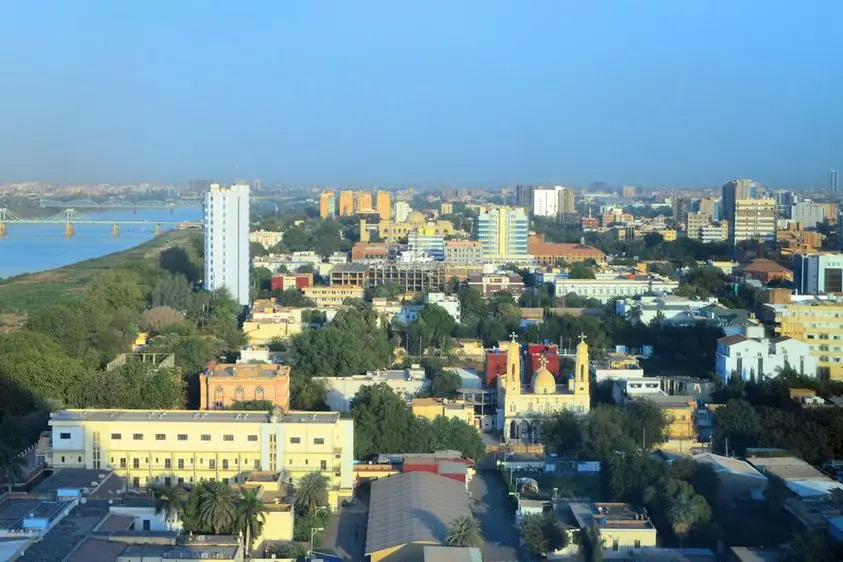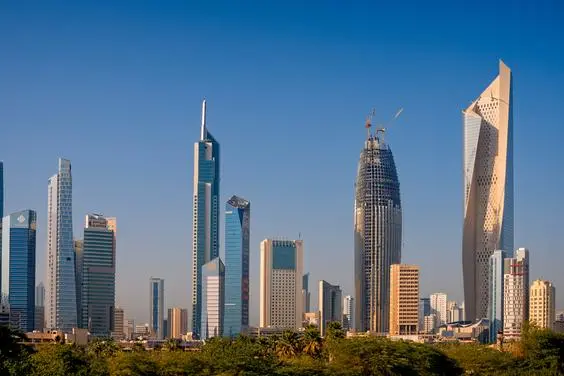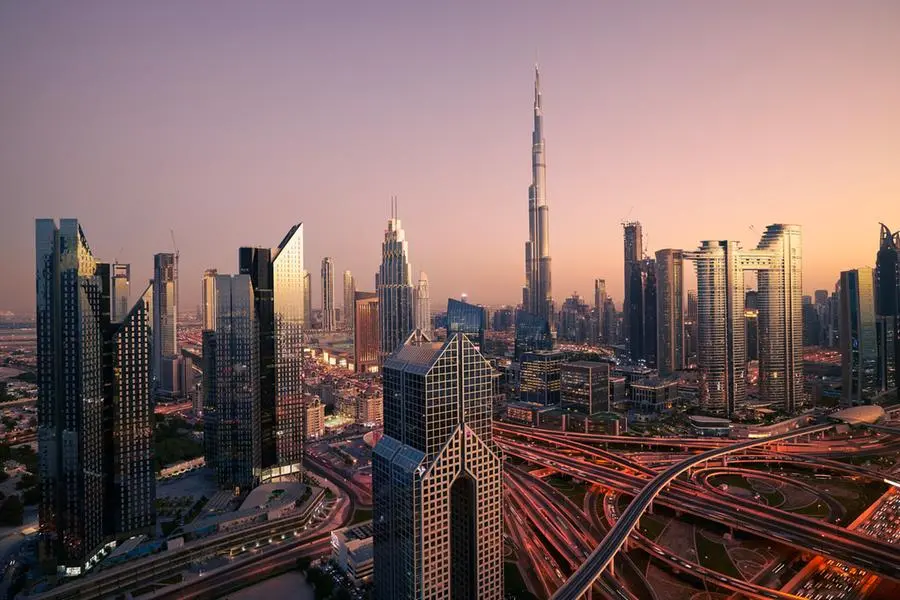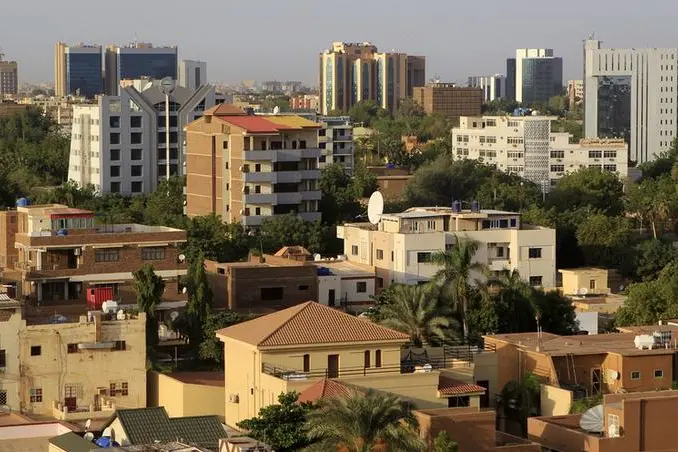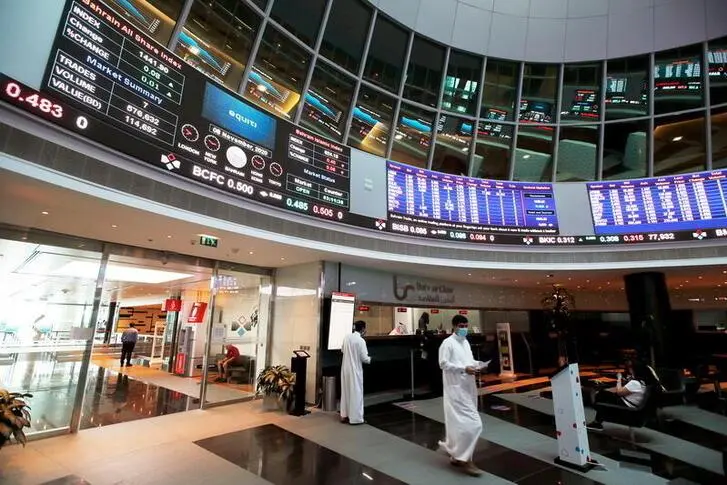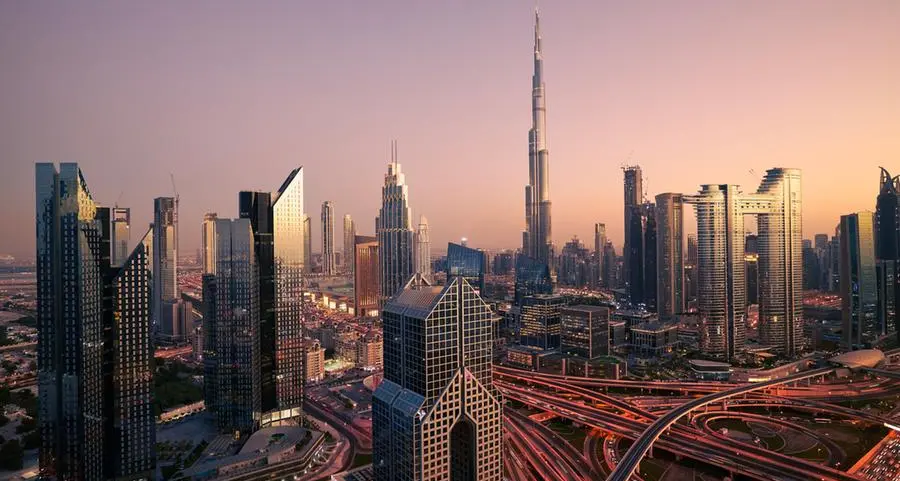PHOTO
Beach and Twelve Apostles mountain in Camps Bay near Cape Town in South Africa. Getty Images Image for illustrative purpose.
Like much of the economy, South Africa's tourism industry took a serious knock during the pandemic. But, with the start of 2023 showing promising numbers, tourism in the country might finally be returning to pre-pandemic levels.
In 2021, South Africa welcomed 2.6 million visitors into the country. Compared to the 10.47 million who came in 2018, this number reflected the sharp decline in tourist arrivals due to the pandemic. However, as travel starts to return and countries ease their restrictions, South Africa is finally starting to see a promising return to those pre-Covid numbers.
In the first four months of 2023, 3.7 million visitors passed through South Africa’s borders — surpassing the numbers for that same period during our best year for tourism, 2018.
Rise in intra-Africa travel
So what can we attribute this influx to? According to the numbers, mostly visitors from our own continent.
So far this year, arrivals from African tourists have exceeded their numbers from 2019 by 9%. This reflects the fact that this group has experienced a faster recovery compared to overseas tourists, and while they may not be high spenders, Africans continue to play a vital role in driving the overall recovery of our tourism industry. And while some of these visitors may not be considered leisure tourists, if we only consider arrivals via air travel, excluding cross-border visitors, the numbers for the first four months of 2023 sits at 89% of the 2019 levels, indicating a strong resurgence.
Overseas tourism
Unfortunately, the same cannot be said for overseas visitors. This side of the tourism sector continues to lag behind, with only 774,000 arrivals in the first four months of 2023, which is still 17% behind the same period in 2019.
Several factors contribute to the slow return of overseas tourists, including insufficient affordable flights to South Africa, increased competition from other more affordable destinations, a rise in intra-European travel, and concerns about safety, security, and negative perceptions of South Africa related to load-shedding and other infrastructure issues. The slow reopening of borders in China and other Apac countries has also affected the overseas market.
Among those visiting from overseas, the Russian market tops the list in terms of growth, with a 79% increase in visitors compared to 2019. Although this still remains a small percentage of overall visitors, it reflects a pattern seen across Africa likely due to the continent’s largely neutral stance in the Russian/Ukraine war.
The UAE and New Zealand also stand out, with growth rates of 64% and 61% respectively. In the case of the latter, this comes as travel bans have been lifted and many travel to visit friends and family. USA also continues to bring a lot of visitors, with a 6% increase in arrivals compared to 2019, making it the second-largest overseas source market after the UK.
The Chinese market remains a largely untapped opportunity, with only 31% of 2019 numbers received in 2023. Brazil too is yet to return to pre-2020 levels, reflecting among other reasons, the continued lack of a direct flight between our two countries. France, Italy, Germany, and the UK are also still lagging behind, with figures ranging from 13% to 27% below their 2019 figures.
Tourism’s impact on accommodation
Five-star hotels have shown positive growth in occupancies and average room rates, with some markets even surpassing 2019 levels. Cape Town's 5-star hotels in particular have performed exceptionally well, achieving nearly 6% growth in average room rates compared to the same period in 2019.
By contrast, 3-star hotels are struggling, with low occupancies and rates persisting since the pandemic. Sandton's 4-star properties have experienced a significant decline in occupancy and average room rates, resulting in a real decline in Revenue per Available Room (RevPAR).
The slow recovery of the domestic business travel market, budget cuts affecting government employees' travel, and lower overseas tourist numbers have contributed to the challenges faced by 3-star and 4-star hotels, particularly in Sandton and KwaZulu-Natal. The weak and underperforming economy has also led to cost-cutting measures, impacting corporate travel budgets. Additionally, middle-class travellers, who typically choose 3- and 4-star accommodations, are yet to return in significant numbers.
Looking forward
Overall, South Africa's tourism industry is showing signs of recovery, with foreign tourism beginning to bounce back to pre-Covid levels. The strong rebound in African tourism has been the real driving force though — reflecting a promising opportunity to attract new markets from the continent in the future.
Going forward, the performance of our tourism sector will remain closely tied to factors such as affordable flights, competition from other destinations, safety perceptions, and the reopening of borders in key source markets.
In the meantime, the industry will be well placed to continue attracting tourists from African countries and exploring untapped markets such as China to ensure sustained growth and recovery.
All rights reserved. © 2022. Bizcommunity.com Provided by SyndiGate Media Inc. (Syndigate.info).

